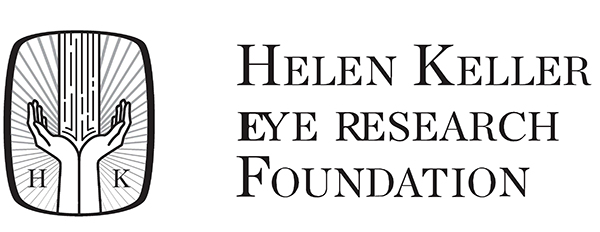
Mae Gordon, Ph.D.
Washington University School of Medicine
Mae Gordon, Ph.D.
Dr. Mae Gordon is a Professor in the Departments of Ophthalmology and Visual Sciences and Division of Biostatistics at the Washington University School of Medicine in St. Louis, Missouri.
Dr. Gordon received her B.A. degree from Portland State University in 1967 and her Ph.D. in Sociology/Psychology and Psychometrics from the University of Wisconsin, Madison in 1979. She completed her Ph.D. fellowship in research methodology from the National Institute of General Medical Sciences, National Institutes of Health.
Chief among Dr. Gordon’s contributions to eye research has been the development of new measures and protocols. For the “Collaborative Longitudinal Evaluation in Keratoconus”, the first large-scale observational cohort study of Keratoconus, she helped develop the first photo-documentation protocol of corneal scarring with high test-retest and inter-grader reliability. Because this study did not have pilot data, a 10% random sample was recalled for retesting to confirm assumptions used to project statistical power. She received the Koch Award from the American Academy of Optometry for this collaboration. Other measures developed by Dr. Gordon include photo-documentation of contact lens fit in Keratoconus eyes, vision-specific quality of life survey in children with cerebral palsy and the “Glaucoma Symptom Questionnaire”. She was the site Principal Investigator for the field test of the NEI-Visual Function Questionnaire.
Her collaboration with Dr. Michael Kass and the Steering Committee of the Ocular Hypertension Treatment Study (OHTS), which has spanned more than twenty years, has changed clinical management of ocular hypertension. The OHTS was the first study to provide Level 1 evidence of the safety and efficacy of topical ocular hypotensive medication in reducing the incidence of glaucoma in individuals with ocular hypertension. These results justified CMS reimbursement of ocular hypotensive therapy. OHTS developed a new five factor prediction model for developing glaucoma which included a powerful unexpected factor-central corneal thickness. Dr. Gordon led a successful effort to replicate the prediction model in a large European study. Corneal thickness measurements are now included in the preferred practice plans worldwide. Importantly, the prediction model identified a large majority of ocular hypertensive patients at low risk of glaucoma and who could be considered for management by close observation. The prediction model has been shown to be accurate out to twenty years.
OHTS datasets, which have been shared with many investigators, have proven useful for defining “ground truth” for testing AI models of POAG conversion. Consistency of glaucoma diagnosis over twenty years was achieved by adjudication of endpoints by a masked Endpoint Committee. OHTS is the first glaucoma study to use an Endpoint Committee. The OHTS was awarded the Association of International Glaucoma Societies Award and the New York Academy of Medicine Lewis Ruden Glaucoma Prize.
Dr. Gordon has served on numerous Data and Safety Monitoring committees including “Open-label, randomized controlled trial of hydrochloroquine alone or hydrochloroquine plus azithromycin or chloroquine alone or chloroquine plus azithromycin in the treatment of SARS CoV-2 infection” and “Tear protein biomarkers of refractive surgery pain”, among others. She has been a member of the National Advisory Eye Council (2006-2010) and the National Institutes of Health, Council of Councils (2009-2012).

